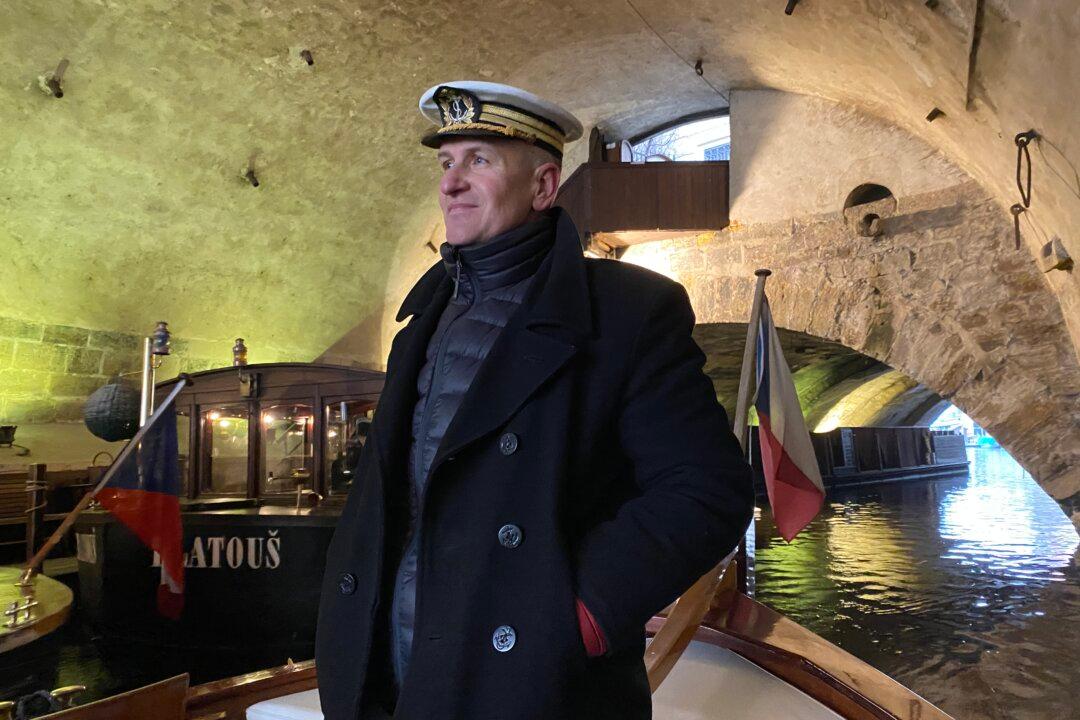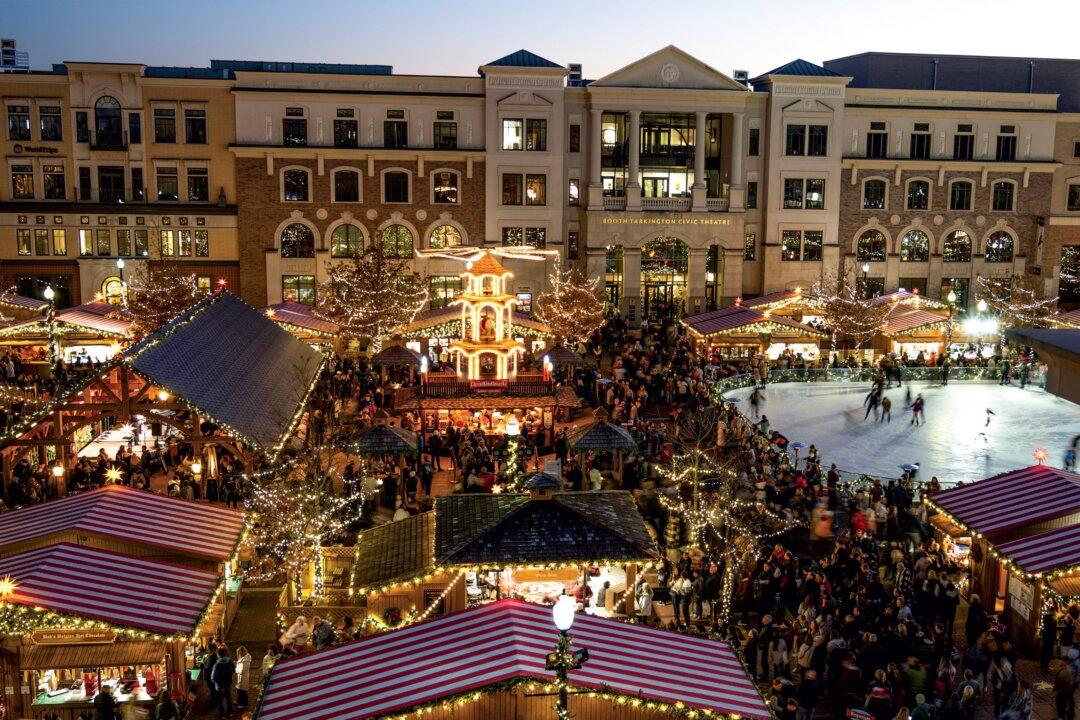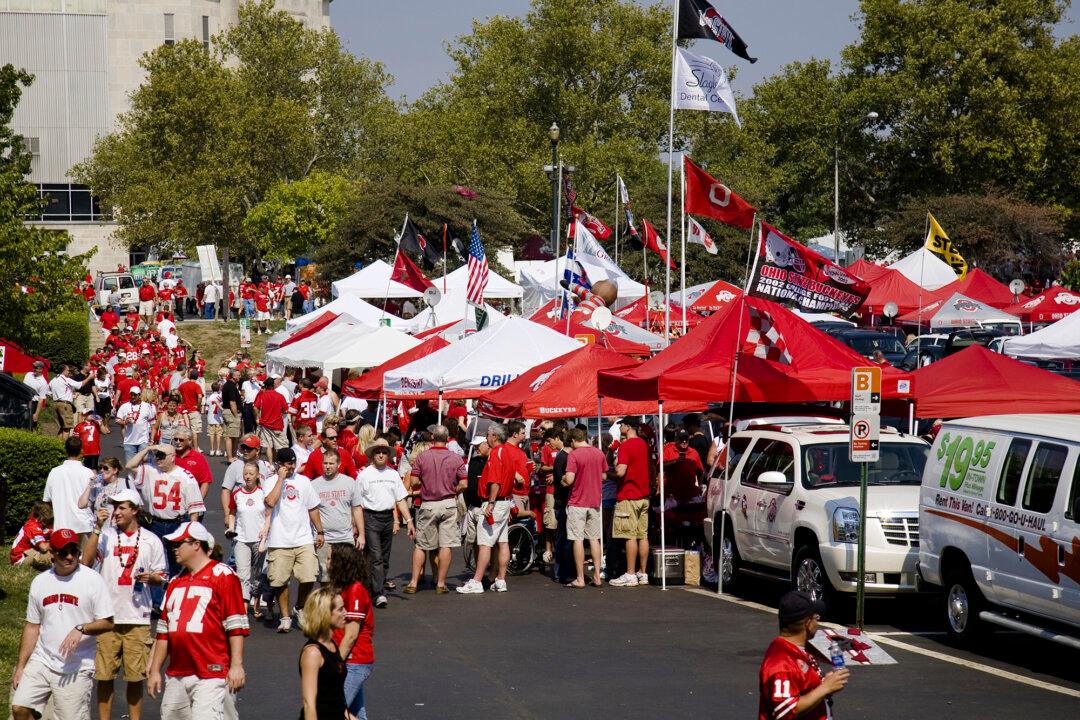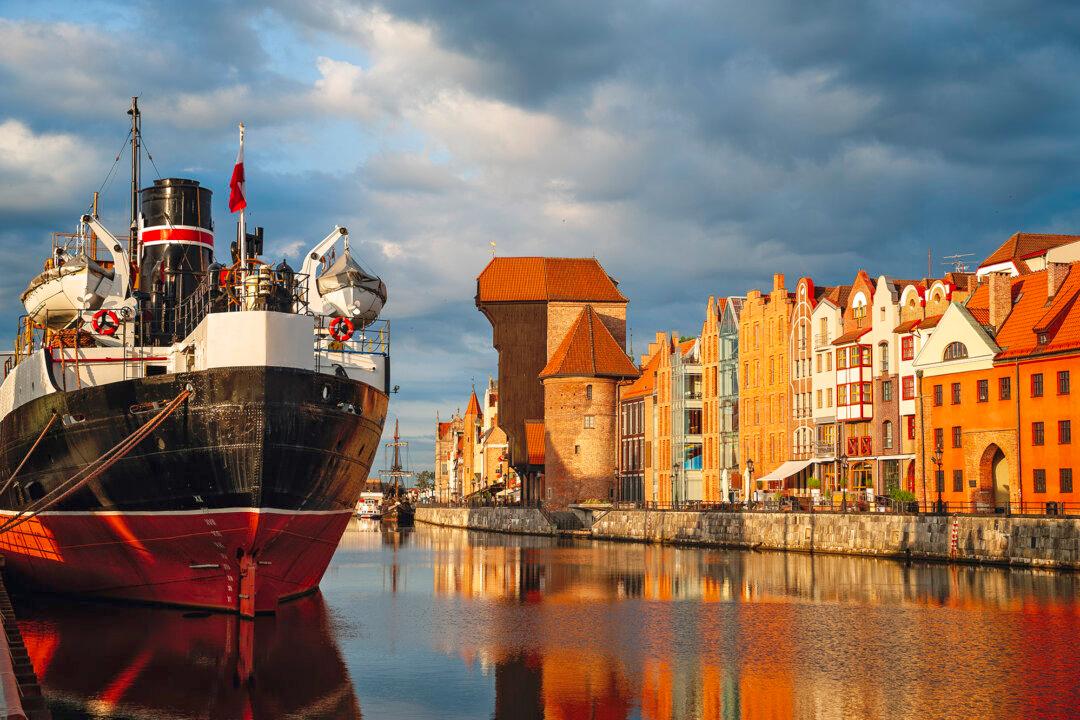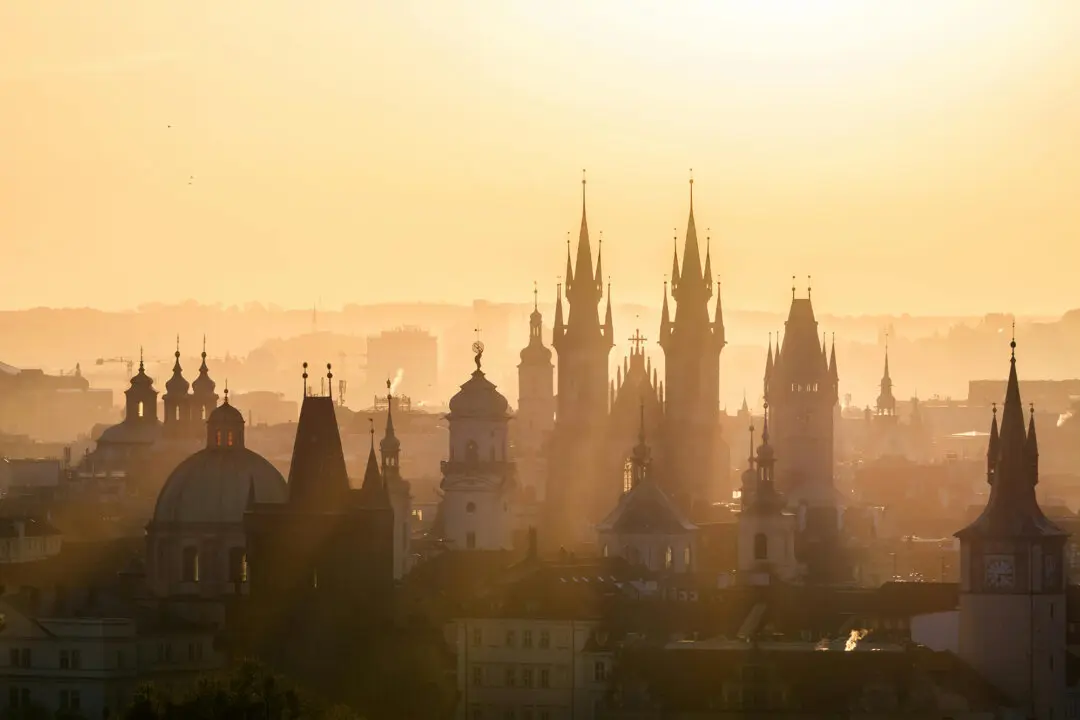Europe is filled with great river cities—the steeples and citadels of Buda and Pest rising dramatically on either side of the Danube, the Rhine flowing near the massive cathedral in Cologne, the Seine slicing Paris into Left Bank and Right Bank. But Prague? Not really one of them.
Yes, water runs through its heart. And perhaps the city’s most distinctive landmark is the Charles Bridge, a stone span dating back to 1357 lined with dozens of baroque statues, each with its own story. But mention the Vltava River in passing to even well-traveled individuals, and you’ll probably be met with a puzzled look. And its harsh-sounding name certainly won’t inspire any gauzy romantic visions of Old World maritime culture.

